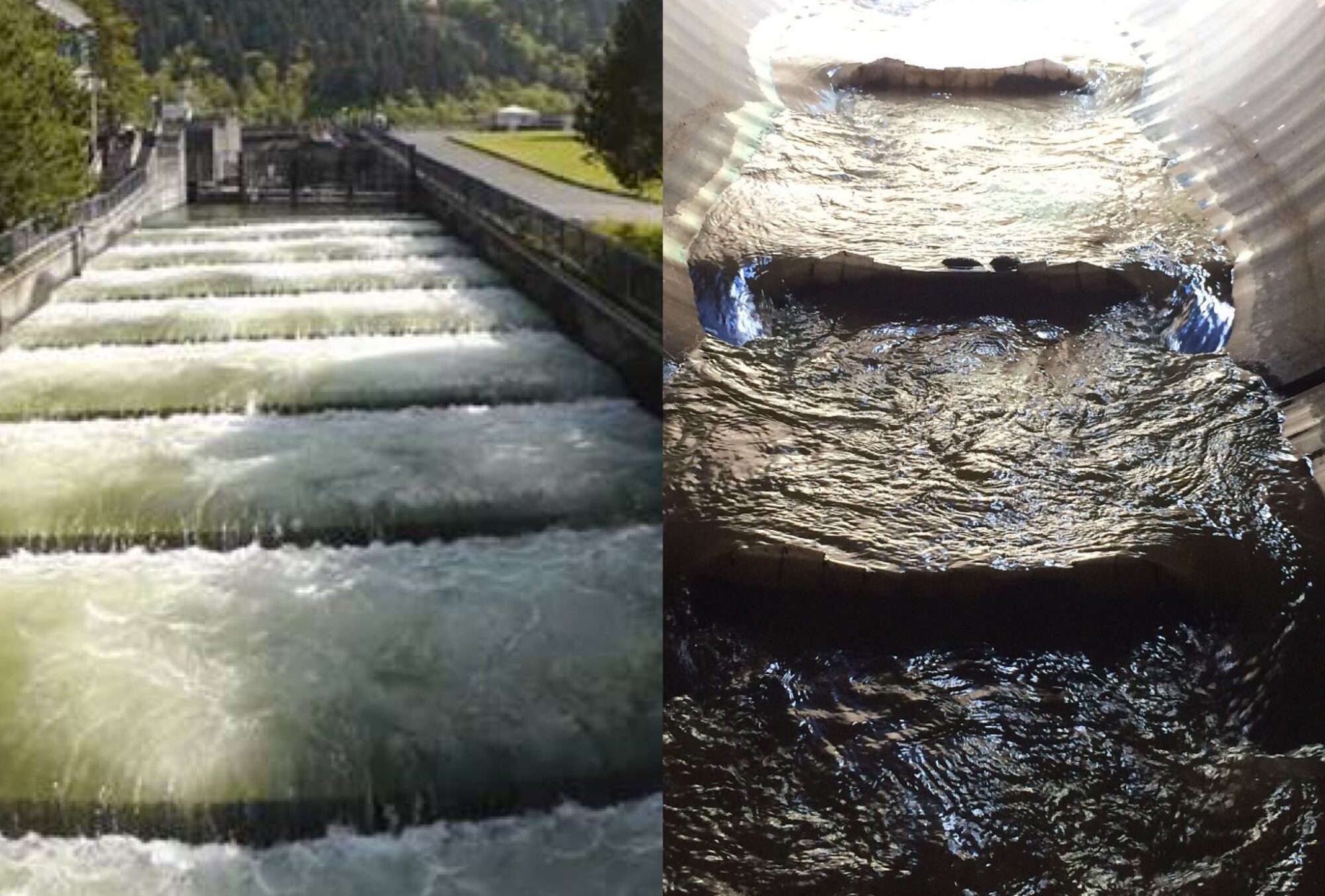Reconnect Aquatic Habitat – Naturally… with the FlexiBaffle®
The FlexiBaffle is a simple weir structure you can easily install to turn your culvert into a fish ladder. We have improved passage for a wide variety of organisms found all over the world to include fish, eels, reptiles, amphibians and crustaceans. The flexible design of our baffle allows debris and water to safely pass at high flows. The FlexiBaffle is inexpensive and easy to install in any culvert or similar conveyance. Let us help you meet your conservation objectives.
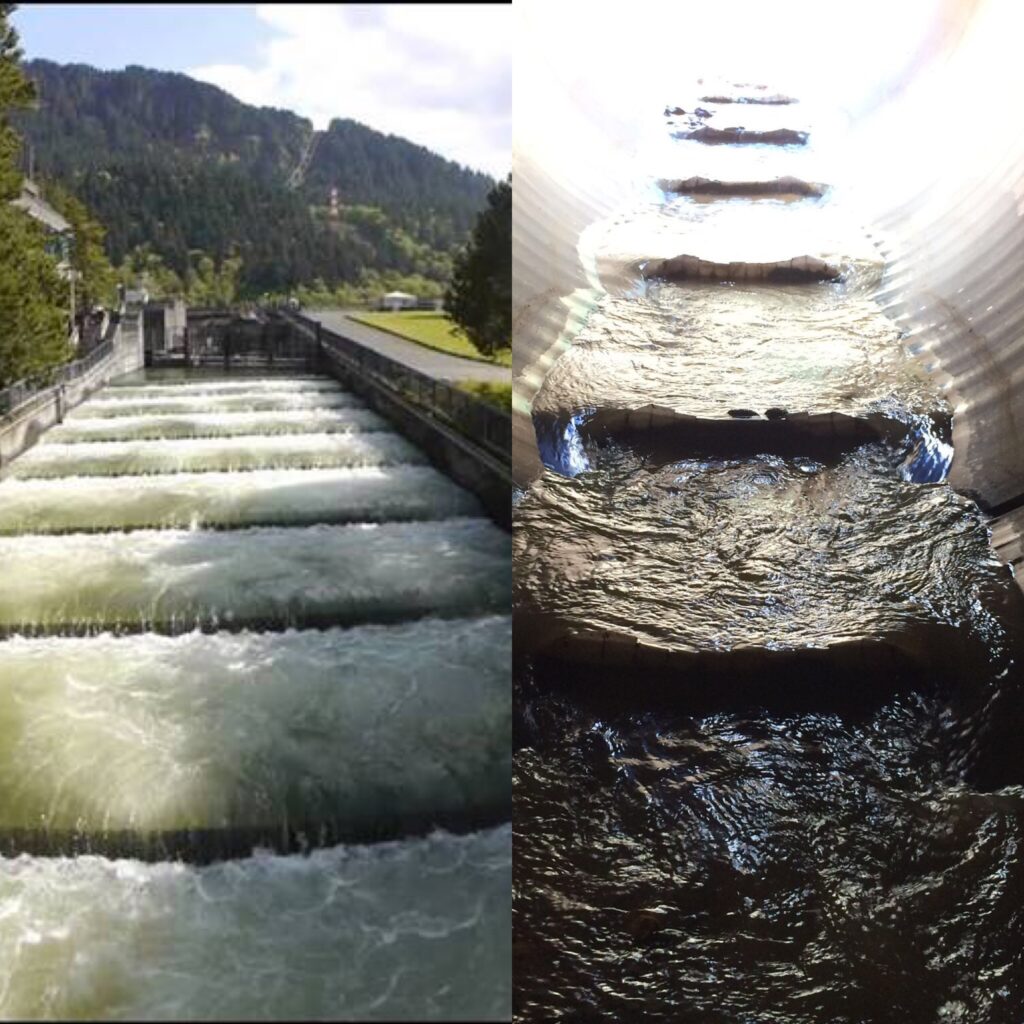
Second to dams, culverts are the most significant problem for fish and other aquatic organisms accessing important habitats. Anadromous species, such as salmon, shad and lamprey can be excluded from spawning grounds. Poor culvert passage conditions block resident fish, reptiles and amphibians from accessing important freshwater habitats. Reconnecting these habitats with the FlexiBaffle is the key to conserving these species.
Removing or replacing culverts is usually the best option for improving fish passage and Aquatic Organism Passage (AOP). However, this is not always feasible due to excessive cost or adverse effects to transportation or infrastructure. FlexiBaffles offers an inexpensive and simple option for improving passage in culverts and similar conveyances.
The Benefits of the Flexible Baffle Design
Rigid baffles create a “weir and pool” design similar to that of a fish ladder. The baffles reduce water velocity and increase water depth, improving passage conditions. However, solid baffles have significant drawbacks which have precluded their usefulness. Primarily, the solid baffles decrease the hydraulic capacity of culverts. They also trap debris, necessitating costly or hazardous maintenance. In contrast, flexible baffles offer an improvement in fish passage without the drawbacks associated with rigid structures.
The flexible design provides the same fish benefit as traditional, rigid baffles. However, they are designed to “bend over” in high flows to help preserve the hydraulic capacity of your culvert. The flexible design also allows debris to pass through the culvert unimpeded. Once the water flow declines after a freshet, the baffle reorients and creates a fish ladder in your culvert. The FlexiBaffle is therefore also “culvert friendly”!
Improve Habitat Connectivity with the FlexiBaffle
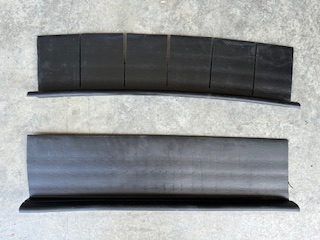
FlexiBaffles are used to reconnect important habitats for a wide variety of aquatic organisms. We have hundreds of installations worldwide for a wide variety of habitats.
FlexiBaffle installations in New Zealand and Australia are reconnecting habitat for freshwater shrimp, resident fish species and eels.
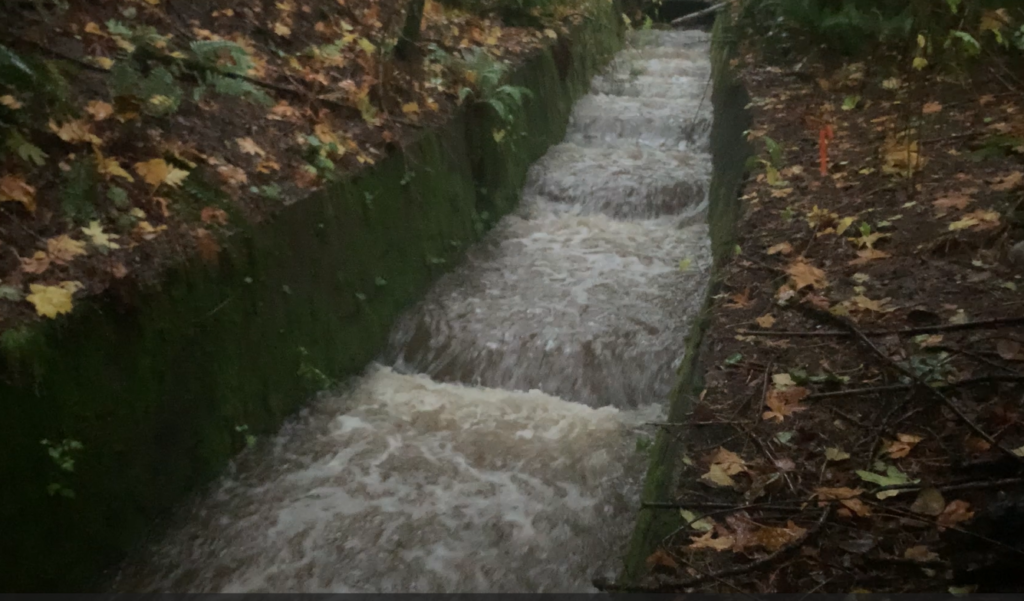
In North America and Europe, FlexiBaffles are improving habitat connectivity for strong swimming species, such as salmon and trout. There are also many installations for weaker swimming fish species such as darters, shad, herring and eels. We also have successful installations for amphibians and reptiles. Any aquatic organism that lives in a stream can benefit from the improved culvert passage conditions.
We Can Assist with your FlexiBaffle Design
FlexiBaffles are installed with common hand tools. You don’t need expensive tools or a lot of expertise to install. A team of two can install these baffles in most typical culverts in just a few hours.
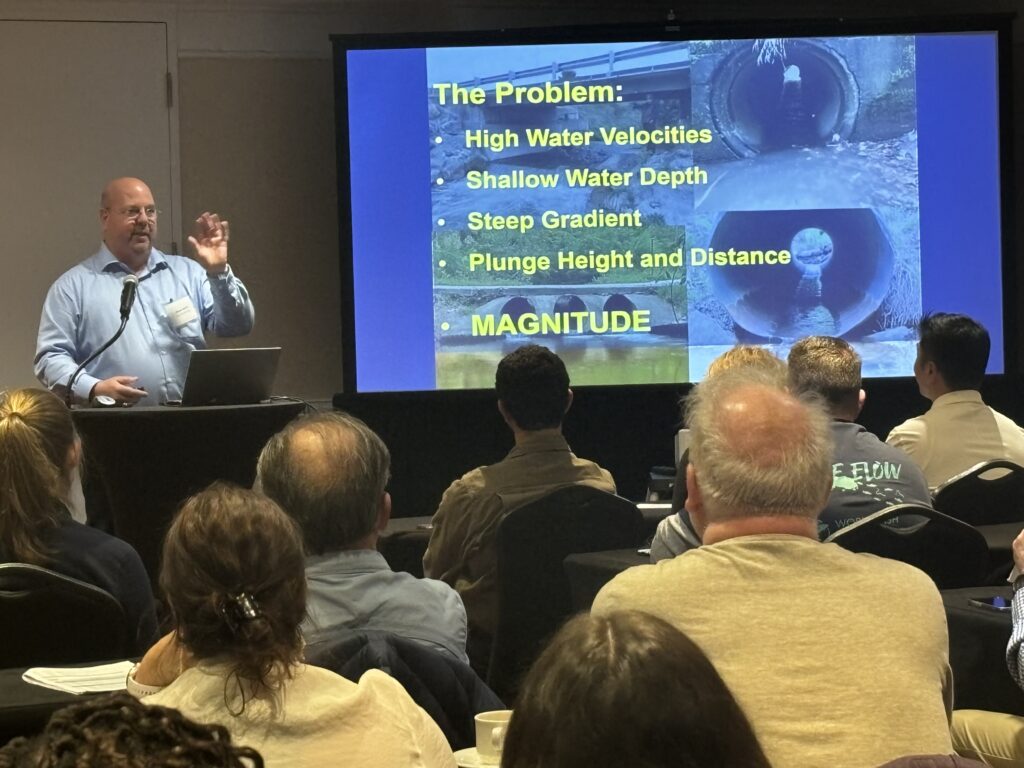
Our Fish Passage experts can assist you with your specific culvert baffle application. Each culvert is different. We can help design the type and configuration that will provide the most benefit for your site.
We have developed recommendations for the size and spacing of your baffles based upon the size, shape and gradient of your culvert. Our intention is to maintain water through the culvert. Installation recommendations can be modified for your particular application or species of interest.
What information do we typically need to help design your FlexiBaffle installation?
At a minimum we need to know the size, shape and length of your culvert to identify the size of FlexiBaffle needed for your application. We also need the % slope of your culvert recommend FlexiBaffle spacing and therefore the number of units you will need. The link below will take you to our recommended FlexiBaffle size and spacing recommendations for your culvert.
Size and Spacing Recommendations.
FlexiBaffles are also very simple to install with common hand tools. We have developed instructions and videos to assist you with installing baffles in any type of culvert. We provide FlexiBaffles with relief cuts if needed to conform to the shape of round culverts. FlexiBaffles intended for flat bottomed culverts are typically provided without relief cuts.
Learn About Our Fish Passage Success!
Check our blog for interesting articles about our various baffle installations and success stories!
This link will take to you to several projects and installations by our partners in New Zealand.
See Fish Passage and AOP installations in New Zealand
Would you like to talk to us about the your project? We are always available for a consultation. Click the link below!
Videos
Before and After Baffle installation in the Bon Accord Creek Flume.
Surrey, British Columbia
Flexible Baffles installed in a Box Culvert by the Nooksack River Salmon Enhancement Association. Whatcom County, Washington State
FlexiBaffle Installation Mill Brook, VT
The White River Partnership installed Flexible Baffles in a culvert on Mill Brook to improve fish passage for brook trout. The installation improved fish passage while maintaining the hydraulic capacity of the culvert.
Johnson Creek Fish Passage Restoration
Portland, OR
Prior to Culvert Remediation
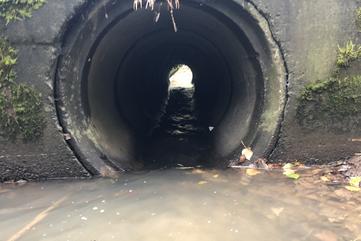
Before and After Baffle Installation
Improve Fish Passage with FlexiBaffles
Installing FlexiBaffles in a Culvert to Improve Fish Passage
Fish Passing Culvert After Flexible Baffle Installation
COPYRIGHT © – All rights reserved Pat. Pend.
